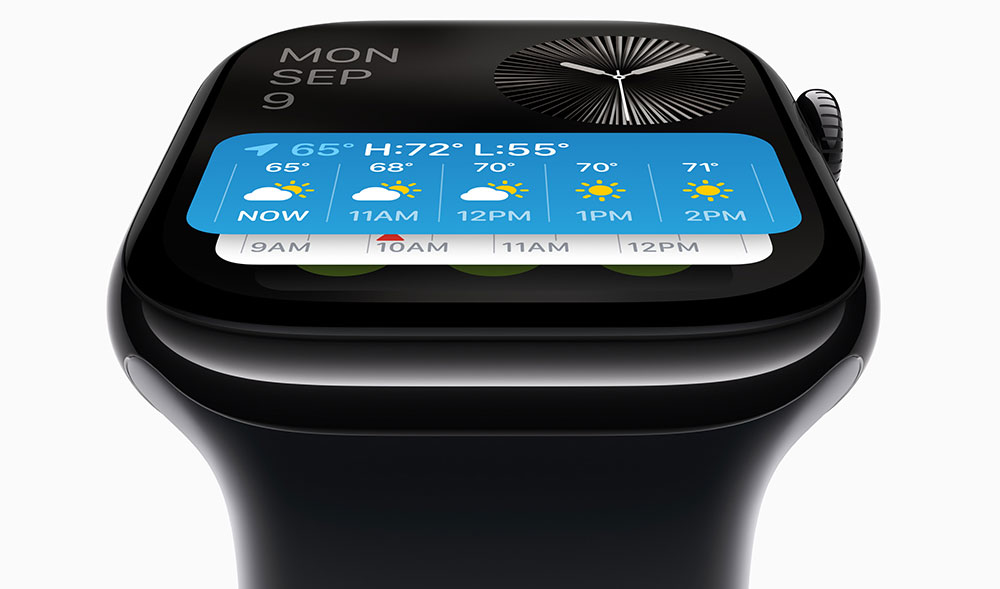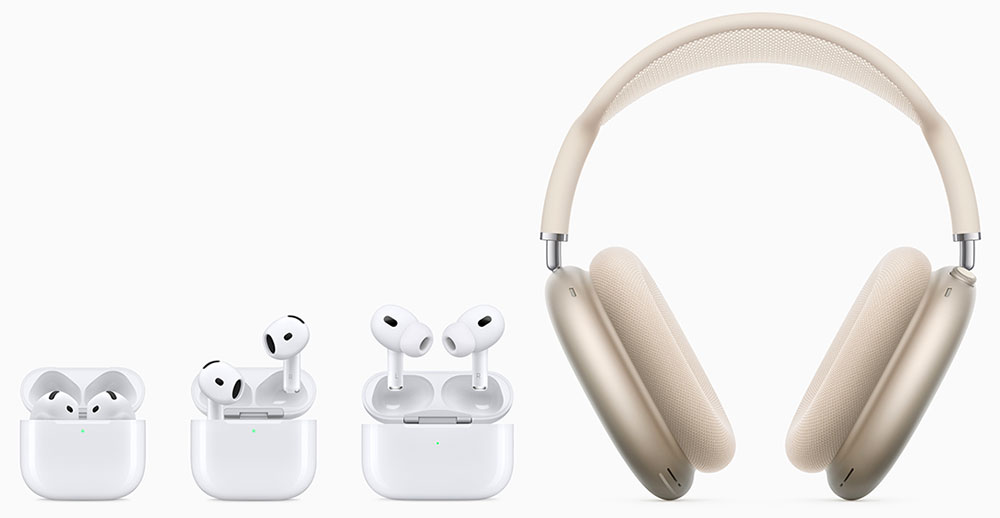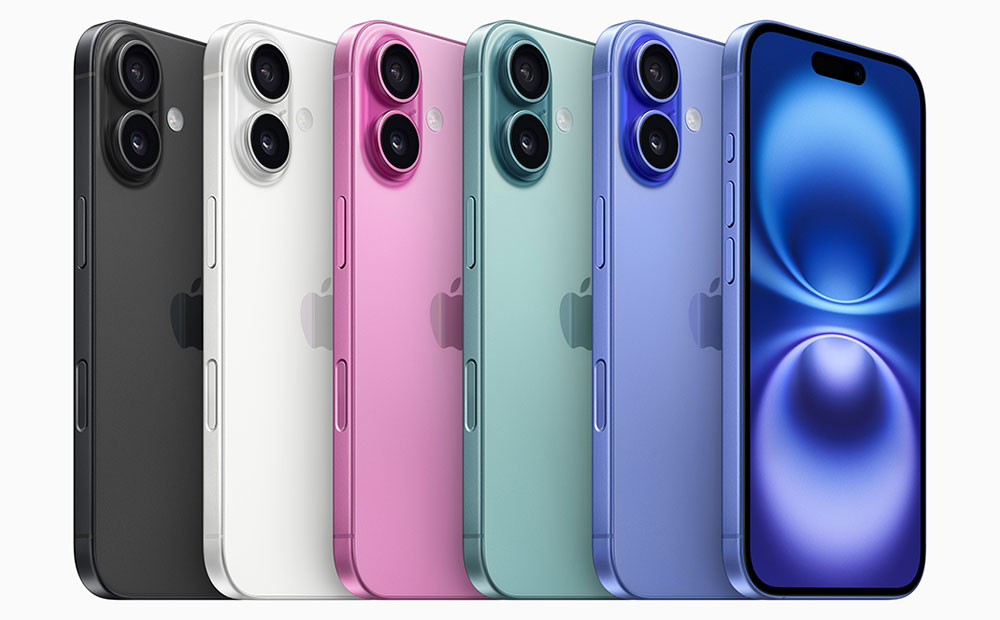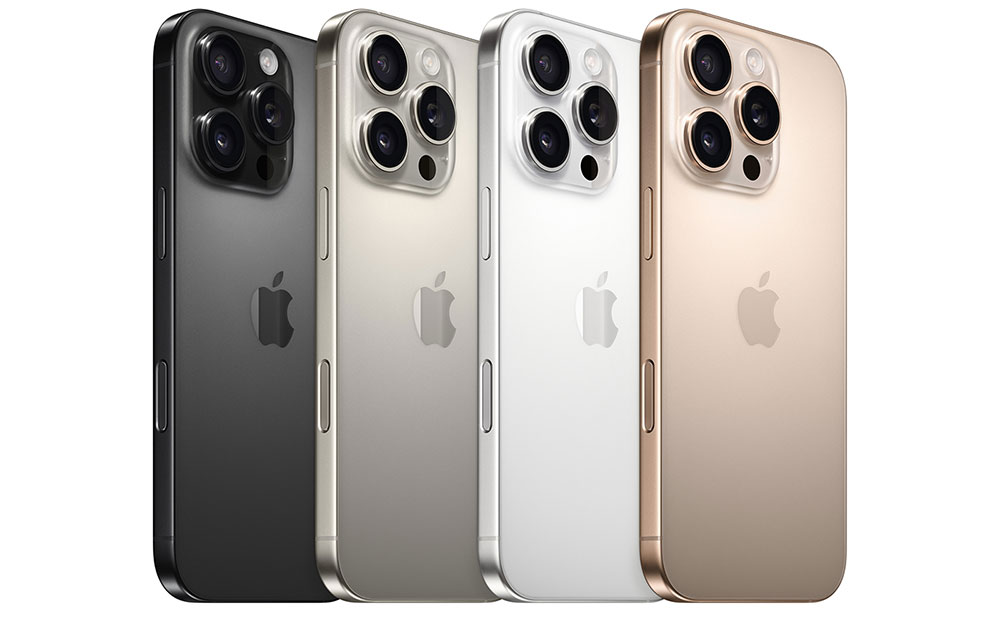Announced at Apple’s Glowtime event on Sept. 9, 2024, AirPods Pro features over-the-counter hearing aid capability for users with mild to moderate hearing loss.
Apple’s flavor of generative artificial intelligence, called Apple Intelligence, was laced throughout its latest watch, AirPods, and phone offerings, announced at its “Glowtime” event on Monday.
Speakers at the prerecorded session aired online touted a number of features in the new hardware lineup, which uses Apple Intelligence to support everything from diagnosing sleep apnea to addressing hearing loss to managing a phone’s bloated photo library.
“Apple is trying to embed AI into everything,” observed Mark N. Vena, president and principal analyst at SmartTech Research in Las Vegas.
“They did all the things they had to do,” he told TechNewsWorld. “They upgraded the watch, the AirPods, the phones and their cameras, but everything they led with, in every product category, was all about AI, AI, AI, AI.”
Gene Munster, managing partner at Deepwater Asset Management, a venture capital firm in Minneapolis, noted that at the Apple event, there were a lot of details aired — features, pricing, timing.
“That’s all noise,” he told TechNewsWorld. “It’s noise because it’s a trap to think about Apple Intelligence as a series of features.”
“The reality is this is a new paradigm that will change how about 1.8 billion Apple customers interact with tech,” he declared.
“In 2007,” he continued, “the iPhone’s touch screen was disguised as a feature, and in reality, it was the underpinnings of a paradigm shift of the phone becoming a computer in your pocket.”
“Apple Intelligence puts infinite simplicity and intelligence in your pocket,” he said. He argued that Apple will provide the most usable version of consumer AI. “That’s because there is a hardware, software services element that only Apple can do,” he noted.
New Sleep Apnea App
At its online event, Apple announced its new Apple Watch Series 10. Its models are slimmer, with 30% larger displays, and their cases are made of aluminum and polished titanium. The watch is powered by a new S10 SiP, has a new sleep apnea feature, and has an 18-hour battery life. Models start at US$399 and will be available on Sept. 20.
“I think that the larger display is going to drive a lot of people to upgrade,” predicted Anshel Sag, a senior analyst at Moor Insights & Strategy, a technology analyst and advisory firm based in Austin, Texas.
“You might even see some people move from the Ultra to the new Series 10 just because of the bigger screen,” he told TechNewsWorld. “Thinner and lighter design is nice, but I think ultimately people are really about having bigger screens on their wrist. It ends up being more useful. As long as the bigger screen doesn’t affect battery life, I think people prefer that larger display.”
“The new series also has a better viewing angle,” he added. “That’s important, too, because you’re not always looking at your wrist head-on.”

The wide-angle OLED display on the Apple Watch Series 10 improves visibility at wider angles and is up to 40 percent brighter than the Series 9 when viewed from the side.
Tim Bajarin, president of Creative Strategies, a technology advisory firm in San Jose, Calif., praised the new sleep apnea feature. “Any person that has sleep apnea, especially significant sleep apnea, can have serious health problems,” he told TechNewsWorld. “The ability to test for sleep apnea during a normal sleep pattern is quite important.”
“That information can be taken to the doctor who will look at that test and that sleep pattern and start the process of determining how serious the sleep apnea is,” he added.
Apple also released updates to the Apple Watch Ultra 2, featuring a new titanium case and sapphire front crystal. Models start at $799 and will be available Sept. 20.
Refreshed AirPods
Apple also refreshed its AirPods line. It improved the audio performance in its AirPods 4 and AirPods Pro 2, introduced new colors for its over-the-ear AirPods Max offering, and upgraded its AirPods Pro product. AirPods 4 sell for $129 and $179 with active noise cancellation. AirPods Max sells for $549, and AirPods Pro 2 for $249. All are available on Sept. 20.

From left to right: The new AirPods lineup features AirPods 4, AirPods 4 with active noise cancellation, AirPods Pro 2, and AirPods Max. This refreshed lineup includes updated designs for AirPods 4, new color options for AirPods Max, and integrated hearing health features in AirPods Pro 2.
“I was shocked that Apple spent so little time on the AirPods Max,” Vena said. “They haven’t upgraded those over-the-head headphones for a long time. I’ve been using mine for several years. The only change they made was switching from the Lightning plug to USB-C.”
With the new AirPods Pro 2 line, Apple is entering the hearing health business. The AirPods Pro cannot only perform hearing tests but also act as hearing aids.
“They didn’t spend a lot of time on the ability to do a hearing test, but it is a big deal,” Bajarin maintained.
“A lot of people understand they might have a little bit of hearing loss, but they don’t really know how significant it is. With this new software, they can actually do a hearing loss test. And that’s quite important because, right now, if you have to do a hearing test, you’ve got to go into a doctor’s office or to an audiologist and take a test in person. Having that on your phone simplifies the process,” he noted.
“The software can also turn the AirPods Pro into a clinically approved hearing aid,” he continued. “What is really important to understand — and I think is going to make the AirPods big, big sellers — is that they can take away the stigma behind hearing aids.”
“There are a lot of people who hesitate to use a hearing aid because it identifies them with a medical problem,” he explained. “Well, if you’re wearing the new AirPods Pro and you’re using them at the hearing aid level, nobody knows that. They’re just thinking that you’re listening to music, and it takes away that stigma.”
“I think that’s a game-changer,” he added. “I think it alone will cause many more people to check their hearing and utilize this kind of a solution, which is much cheaper than most of the hearing aids on the market and makes it a much more accessible health tool in the process.”
Smarter Siri
The iPhone 16 and 16 Plus are based on the new A18 chip, while the A18 Pro powers the Pro and Max models.

The iPhone 16 and iPhone 16 Plus will be available in five colors: black, white, pink, teal, and ultramarine.
“It’s important for developers that the A18 is used in all the iPhone 16 models,” Sag said. “There’s no longer this two-tiered strategy anymore. I think it will help to consolidate what features are and aren’t supported on the silicon.”
“The A18 Pro chip has the most powerful neural processing engine the iPhone has ever had,” Bajarin noted. “It’s critical to process the kind of data you need for generative AI. So the A18 Pro chip makes the iPhone 16 the most powerful artificial intelligent enhanced smartphone on the market today.”
“And it allows Siri to be much smarter, to not only give you data but also analyze the data,” he said. “It lets you look at your photo library and quickly determine all the pictures you’ve ever taken of your dog or create albums for you automatically.”

The iPhone 16 Pro and iPhone 16 Pro Max will be available in four finishes: black titanium, natural titanium, white titanium, and desert titanium.
Siri may be smarter, but it might not be a world changer. “I don’t think Siri is yet a new interface that will change how we interact with the world around us,” observed Thomas Husson, vice president and principal analyst at Forrester Research, a market research company headquartered in Cambridge, Mass.
“However, there are clear signs that Siri is finally moving into becoming more of a digital agent leveraging your on-device information and personal context to deliver new multimodal experiences and take actions on your behalf,” he told TechNewsWorld.
Several camera upgrades were made to the iPhone 16, including a camera control button, a 48MP fusion camera, and the equivalent of four lenses. The iPhone 16 sells for $799; 16 Plus, $899; 16 Pro, $999; and 16 Pro Max, $1,199. The phones will be available on Sept. 20.
According to Apple, some hefty trade-in amounts for iPhone 12 and above can be used to buy an iPhone 16. “They want a good upgrade cycle that moves more people to Apple intelligence-capable devices,” Sag said.
“I think they want there to be a robust Apple Intelligence installed base so that they can convince developers to build to it,” he added. “They’re banking quite a bit of the company’s success on Apple Intelligence being supported by developers in a coherent and capable way.”





